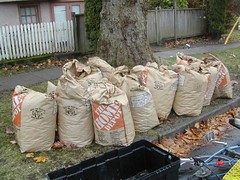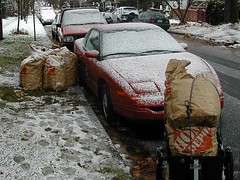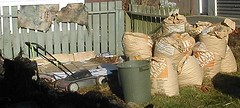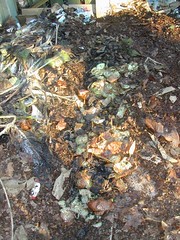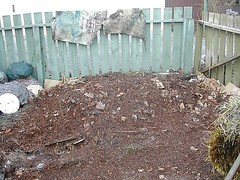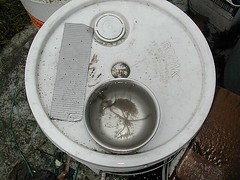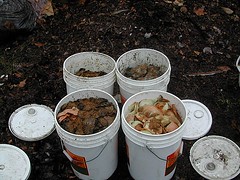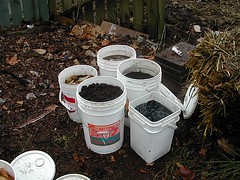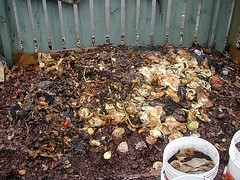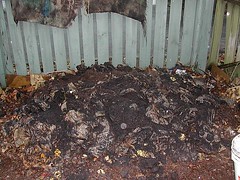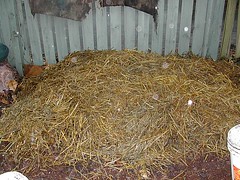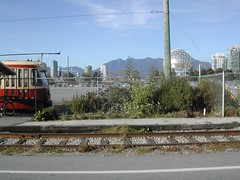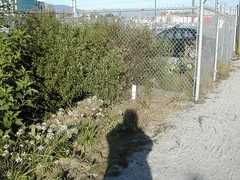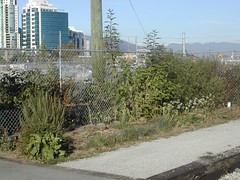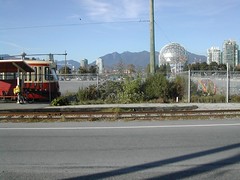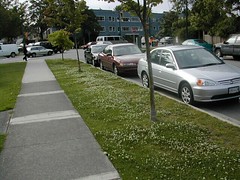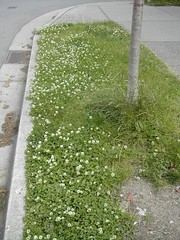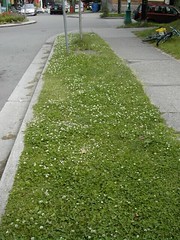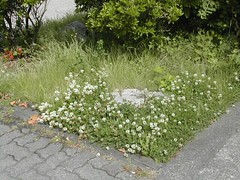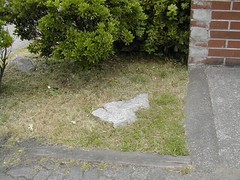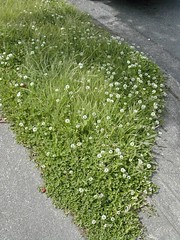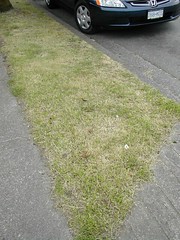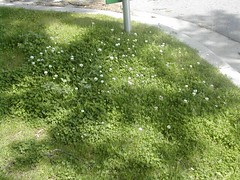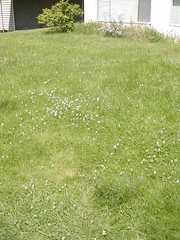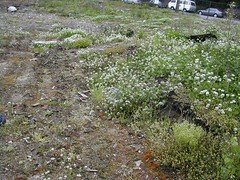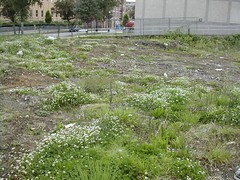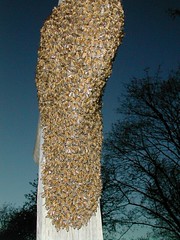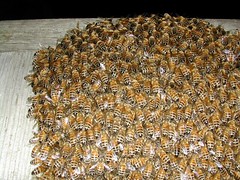More good news about Vancouver's food policy.
Project won't bear fruit until trees grow up
By Sandra Thomas-Staff writer
If NPA parks board commissioner Allan DeGenova has his way, Vancouver will soon be covered in newly planted fruit trees.
On Monday night the parks board received a report from staff about planting numerous fruit trees throughout the city as part of Vancouver's sustainable food policy. The report includes suggestions for a community orchard-building on the community garden model-providing a suitable piece of
city property is available, an established organization commits to caring for the property and the community around the property is consulted. The board also wants to harvest excess fruit from trees on private property and donate it to local food banks.
DeGenova wants the board to speed up the orchard launch instead of waiting for more staff reports. And he'd like it expanded. The staff report calls for trees-apple, pear, chestnut and hazelnut-to be planted in public parks and spaces, community gardens and wide rights-of-ways, including boulevards.
"I want to see the board move forward on this as soon as possible," DeGenova said. "I'm tired of tests and waiting, when we could be feeding people."
DeGenova, who's involved with the city's fruit tree program through which excess produce grown by local residents is collected and distributed, wants a community website created for the project. Once people with excess fruit are registered on the website, volunteers would pick up the produce and transfer it to cold storage for distribution. DeGenova is hoping a local cold storage business will donate space.
"We could be contributing to that project," he said. "Wouldn't it be nice to give someone going through the food bank a bag of apples? Plus, most of the stuff grown in the city has no chemicals, so they're getting organic fruit for free."
DeGenova said speeding up the project is critical because fruit trees take time to flourish.
Feeding people isn't the only goal of the new tree program. The staff report argues planting fruit trees in parks and other public spaces will have environmental, educational and community benefits. It claims if organic fruit is grown locally and made available within walking distance of most
neighbourhoods, transportation emissions and costs could be reduced. Students in dense urban areas can learn about the way fruit grows, and possibly take part in caring for and harvesting trees, while longterm stewardship opportunities would create links between neighbours and
communities.
According to DeGenova, parks staff are proposing a cautious approach. Staff are researching which trees will grow best in the city's climate, and have planted several dozen small fruit trees at the board's Langley nursery for future planting in parks and rights-of-ways. A group of six fruit trees will
also be planted at Slocan Park when they are large enough. Parks staff are also working with the city's food policy council and social planning staff to educate the public about the benefits of planting fruit trees. "I say we need to get going now," DeGenova said. "Go big or go home."
COPE parks commissioner Heather Deal said a lack of mature trees is the only thing holding up the project. She said the board can't afford to buy trees old enough to bear fruit, and so is growing them at the Langley nursery.
"The cost of buying a tree that age is prohibitive," she said. "So now we're just waiting for the trees to grow."
posted on 02/02/2005
Fruit Trees in Parks and Public Areas[.pdf]
Vancouver Food Policy Council
Fruit Tree Project
